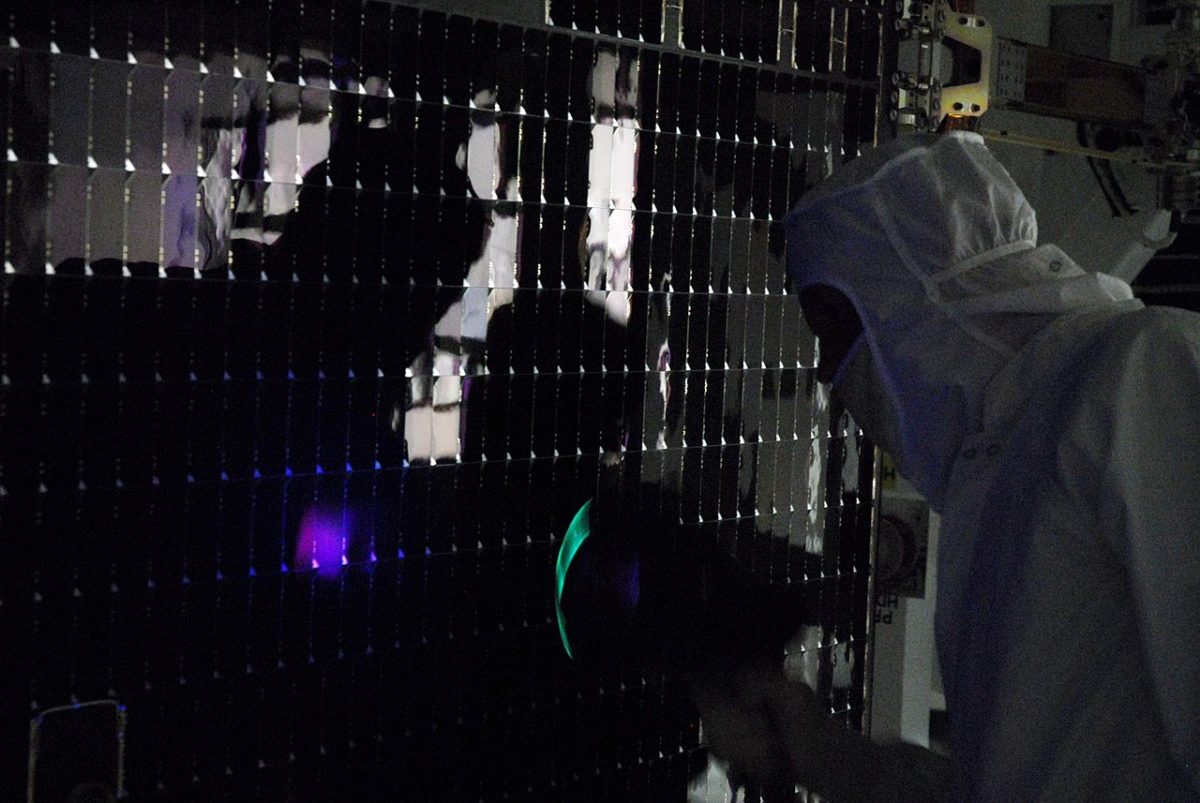PV modules made with tandem solar cells will have to show efficiencies of 30% and offer the same lifetime and degradation rate as standard crystalline panels if manufacturers want to hit commercial production.
That is one of the main findings of the paper IPVF's PV technology vision for 2030, by researchers at French technology institute L’Institut Photovoltaïque d’Île-de-France (IPVF), and published in Progress in Photovoltaics.
According to the paper – which assesses the potential competitiveness of tandem modules against crystalline silicon products – commercial versions of the latter will reach efficiencies of 22-24% by the end of the decade, and possibly 25% if interdigitated back-contact (IBC) heterojunction products reach commercial production. Crystalline products are expected to cost less than $0.15/W by 2030, have a theoretical maximum efficiency of 29.4% and boast a 0.5% annual degradation rate over a 30-year lifetime.
Perovskites
In that scenario, said the researchers, tandem devices would require a new bill of materials, with perovskites potentially saving them from being consigned to history. “We anticipate that perovskite on c‐Si [crystalline silicon] tandem modules, which can build upon a [more-than] 100 GW c‐Si module production base, might first be deployed in constrained-area markets as a premium product, competing with SHJ [silicon heterojunction] and IBC premium c‐Si modules,” the academics wrote.
Drawing on a production base of such scale, perovskite-based tandem devices might be able to compete by topping 30% efficiency and offering a similar degradation rate and lifespan as their crystalline silicon rivals. In that scenario, tandem products could cost just $0.05-0.10/W more than crystalline devices, according to the researchers.
Gallium arsenide (GaAs) III-V solar cells have already topped 32% efficiency in laboratories, the IPVF group noted. “However, there is a critical cost issue with III‐V materials that is being currently addressed, e.g. by developing lower‐cost deposition methods such as hydride vapor phase epitaxy,” said the researchers.
Perovskite tandem solar cells have thus far reached efficiencies of around 28%.
This content is protected by copyright and may not be reused. If you want to cooperate with us and would like to reuse some of our content, please contact: editors@pv-magazine.com.




1 comment
By submitting this form you agree to pv magazine using your data for the purposes of publishing your comment.
Your personal data will only be disclosed or otherwise transmitted to third parties for the purposes of spam filtering or if this is necessary for technical maintenance of the website. Any other transfer to third parties will not take place unless this is justified on the basis of applicable data protection regulations or if pv magazine is legally obliged to do so.
You may revoke this consent at any time with effect for the future, in which case your personal data will be deleted immediately. Otherwise, your data will be deleted if pv magazine has processed your request or the purpose of data storage is fulfilled.
Further information on data privacy can be found in our Data Protection Policy.